| ? What’s the goal? To install Google Analytics tag to your website using Google Tag Manager | ⚠️ Why does it matter? Google Analytics will allow you to get a deeper understanding of your customers. It’s the most popular tool to measure and analyze all the data related to your website traffic and visitor. |
| ? What’s the result? Google Analytics tag is properly installed on your website and is firing on all pages. | ⌚ When do you do this? After you install WordPress, but also after every theme change. |
| ✅ Any special requirements? You need to have installed Google Tag Manager on your site. If you haven’t added Google Tag Manager to your site, you can check out our Google Tag Manager Installation Guide for WordPress. | ?♂️Who should do it? Owner of the website or the person in charge of analytics. |
? Where this is done: In your Google Tag Manager Workspace and Google Analytics.
⏳ How long will this take? about 10 minutes
Let’s get started, in 10-min you’ll be ready to measure your audience.
Environment setup:
- We recommend that you use Google Chrome browser to navigate the web.
- Administrator access to your Google Tag Manager Account,
- A Google Account (Gmail, G-Suite).
What is Google Google Analytics?
Google Analytics is a web analytics service offered by Google that tracks and measures website traffic and allows you to visualize report it in a very legible way.
Create a Google Analytics Account
- First, go to the Google Analytics website.
- You should sign in with the same Google Account of your Google Tag Manager account,
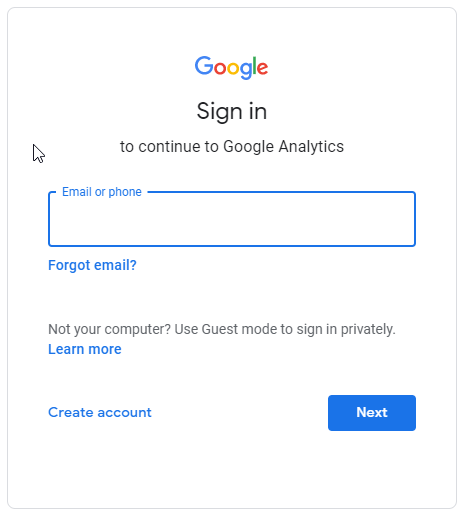
- Click on “Set up for free” and on the next page, you will start creating your account.

- You have to name your account - We recommend you to put the name of your website so you can easily recognize it.
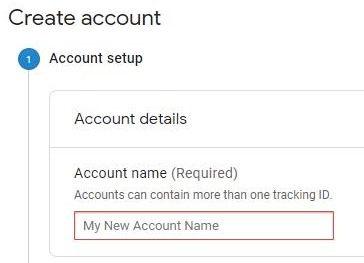
- You should check all boxes in the “Account Data Sharing Setting”.

- Press on “Next” and choose “Web” - you are going to measure traffic on the website.


- Press “Next”.

- Now type your website name.
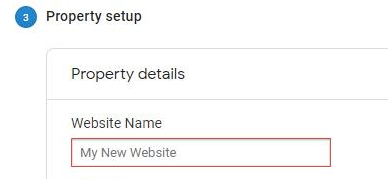
- Enter your website URL and choose “http://” or “https://” in a dropdown menu.

Check if you should choose HTTP:// or HTTPS://
Enter your website URL in your internet browser, then click just at the left side of the URL Adress Bar and check if it is secured or not. In some cases, there will be a red padlock (not secure) or a green one (secure).
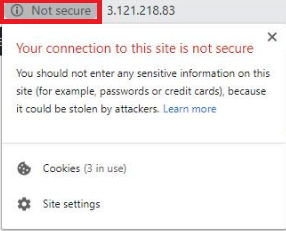
If it is secured choose https:// if not - http://
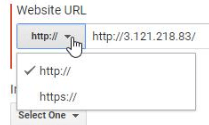
If your website is not HTTPS we highly recommend you make the switch ASAP as it’s an important SEO Ranking Factory, we’ll soon release an SOP to explain how to get a free SSL certificate (to move your site to HTTPS) using Cloudflare.
- Select the “Industry Category” of your website.
- Choose the “Reporting Time Zone” - in most cases, it will be your time zone, but if your target audience is in another time zone, choose accordingly.

- Click “Create”.

- Read Google Analytics Terms of Service Agreement.

- Click “I Accept”.

- Then you should be able to see the “Success” message.

- Now you should see your Google Analytics “Admin” Area (1). Here you can see your Google Analytics “Tracking ID” (2) - Copy it or write it down. There is also a code for your website (4). In case you close it, you can revisit that page by clicking on the “Tracking Code” (3) under the “Tracking info” section.
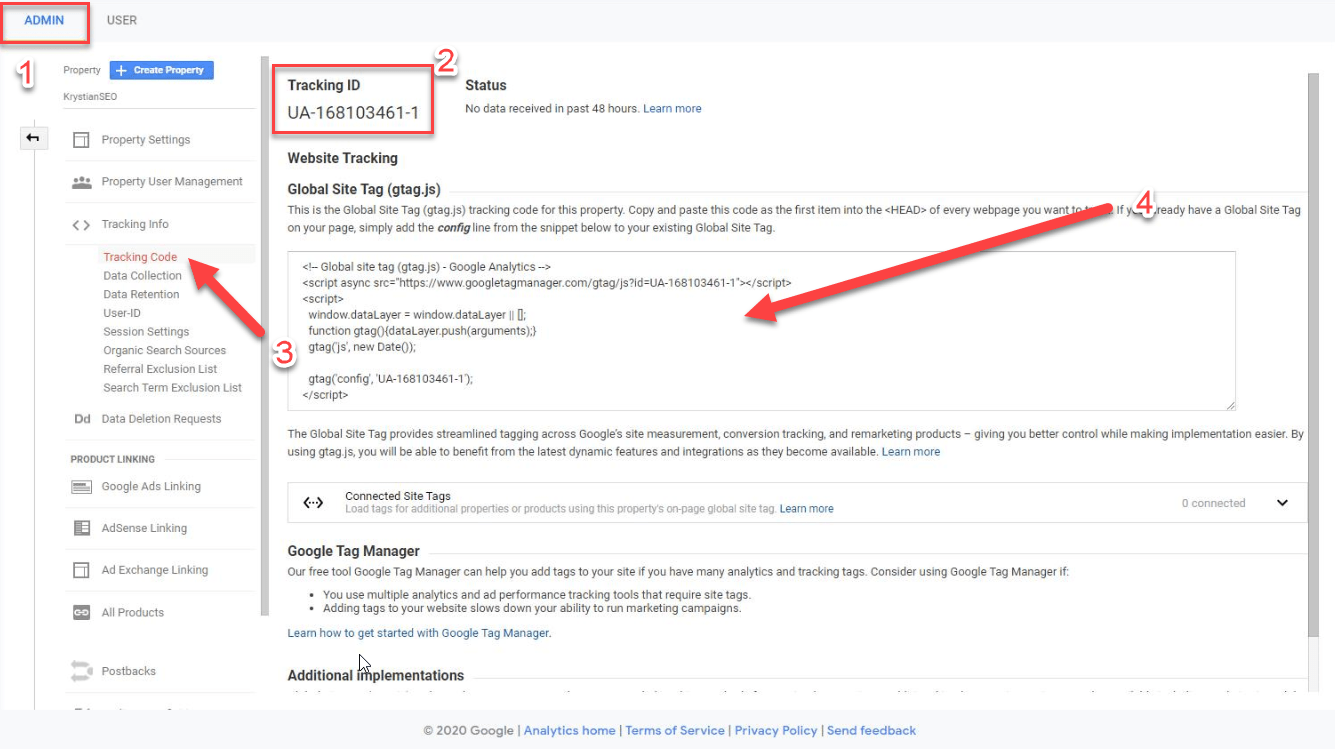
Set Up Google Analytics using Google Tag Manager
- Go to Google Tag Manager, sign in, and choose your account.
- On the left side of the screen click on “Tags”.
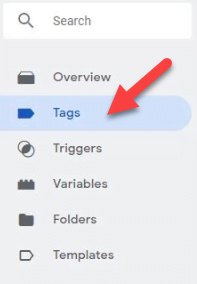
- Create a new tag by clicking on “New”.

- Start off with naming your tag (It should be something descriptive so you will know what tag it is, for example, “Yourwebsitename analytics”).

- Then press on “Tag Configuration”.
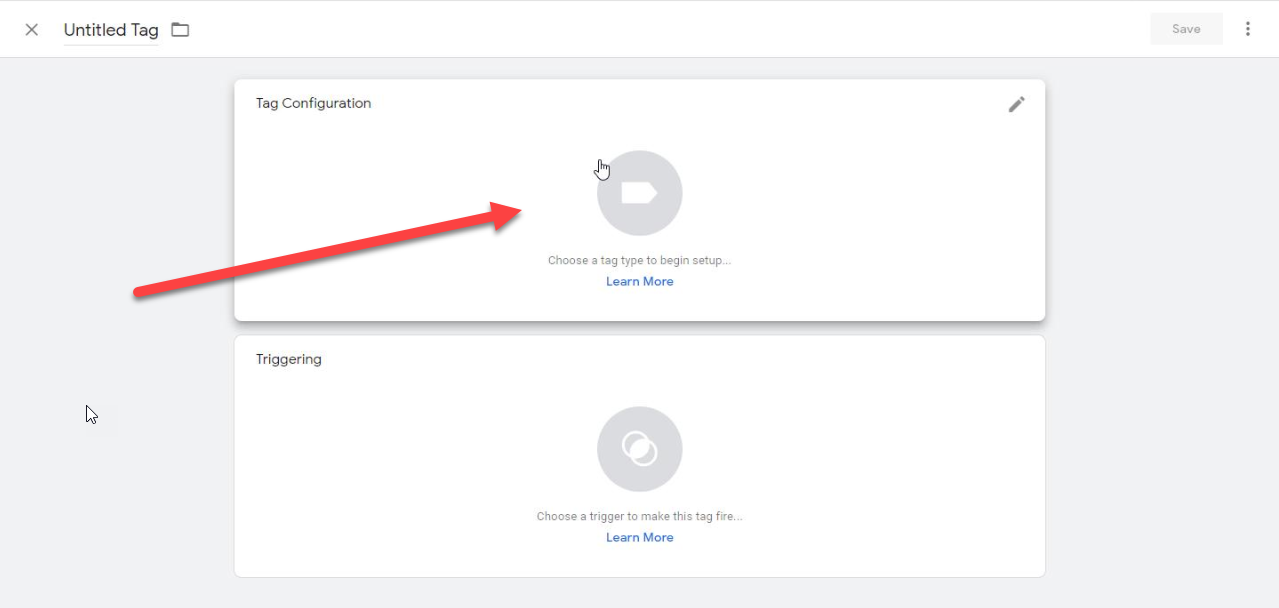
- Choose “Google Analytics: Universal Analytics”
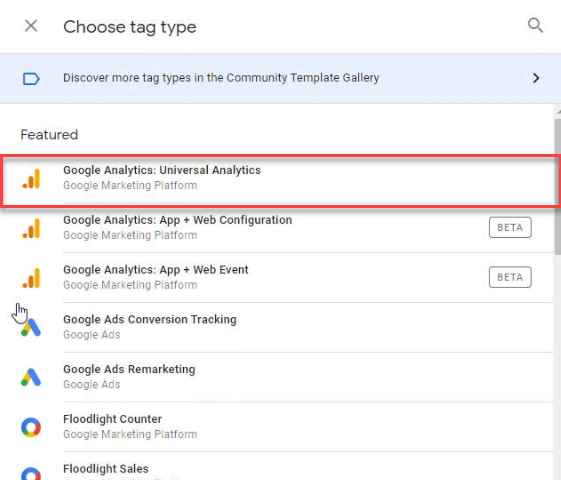
- As you can see “Track Type” is set to “Page View”, you should leave it like that.
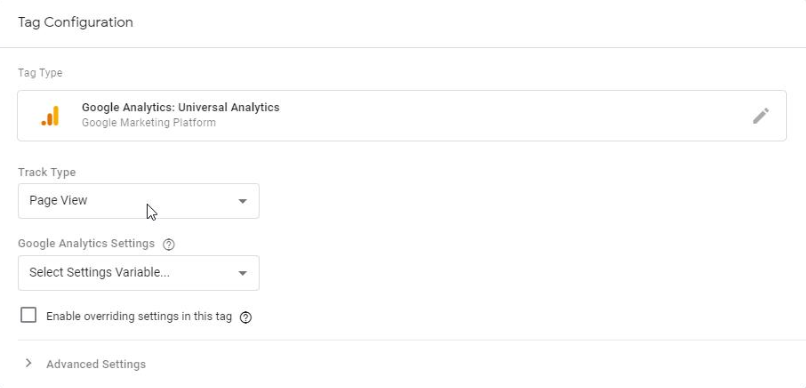
- Click on “Google Analytics Settings” and then “New Variable”.
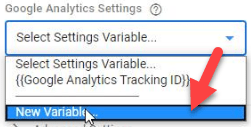
- Start off with naming a new variable.

- Now go to your Google Analytics “Admin” Panel (Open it in a new tab of the Internet browser). Go to analytics.google.com.
- Sign In with your Google account.
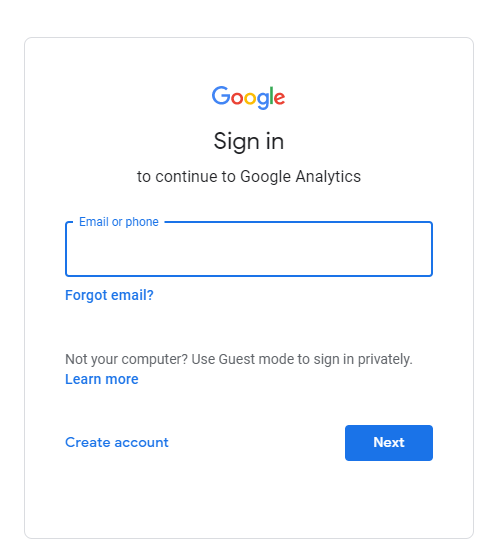
- Then click on “Admin” on the left side of the screen.
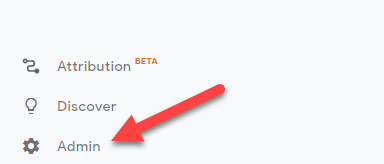
- Then click on “Tracking Info”.
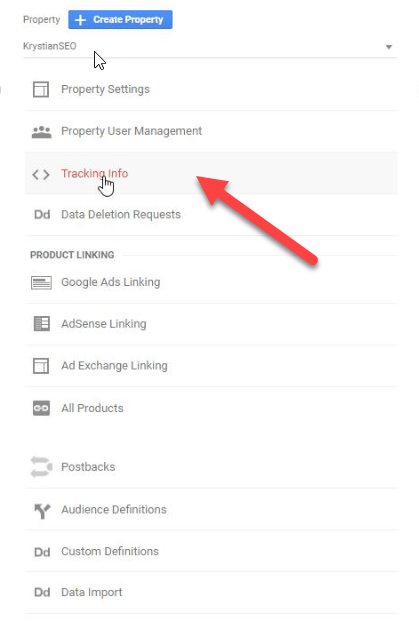
- And then on “Tracking Code”.
- In the upper left corner, you should see “Tracking ID”. Copy it.
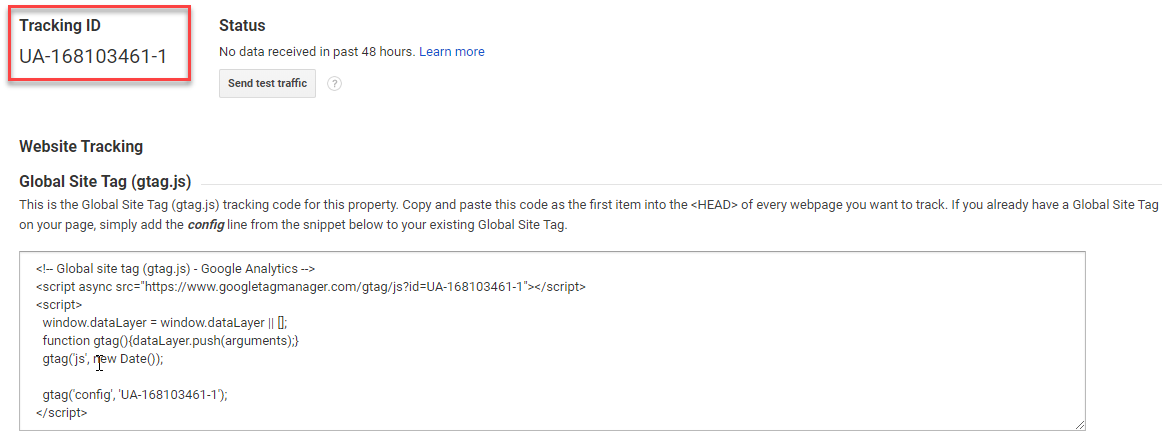
- Go back to Google Tag Manager and then paste it in the “Tracking ID” box.

- Finally, click on “Save”.

- Click on “Triggering”.

- Choose the “All Pages” trigger.

- Review your settings...
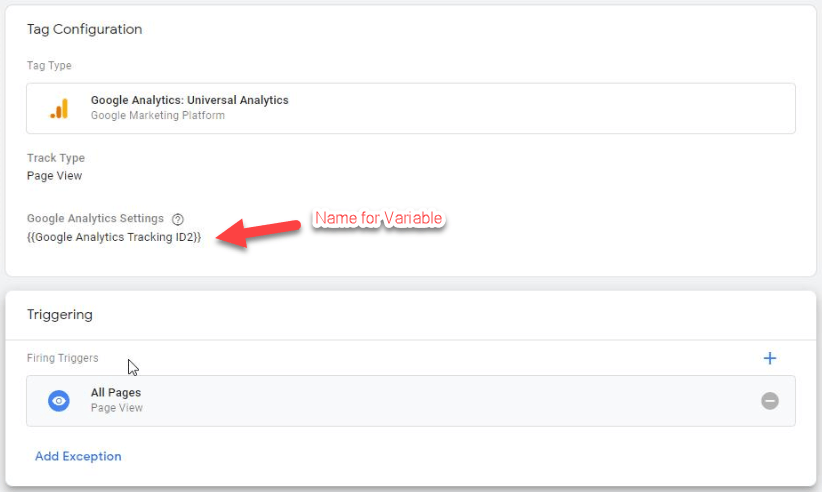
- ... and click “Save”.
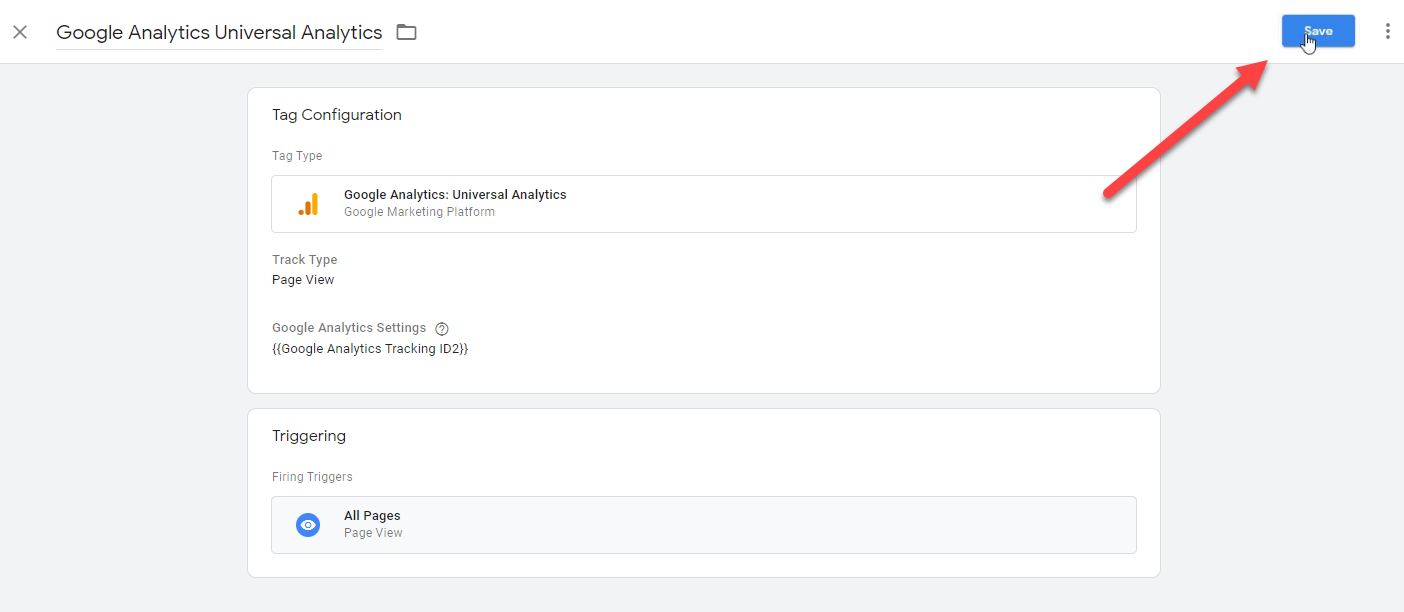
- Now go to “Overview” on the left side of Google Tag Manager.
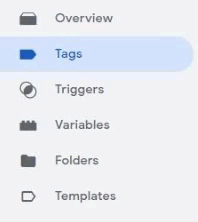
- You should see your “Tag” and “Variable” last edited “a few seconds ago”.

- Click on the “Submit” on the upper right side.

- Add a descriptive name under “Version Name” (1) and add a detailed description under “Version Description” (2) so you can always recall what you have added to Tag Manager.
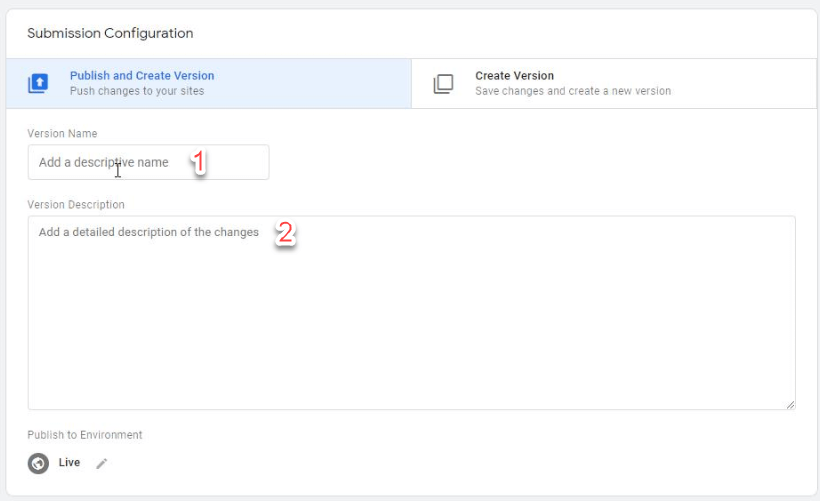
- Finally, click on “Publish”.

- Wait for a couple of seconds or sing as google tells you.

- Then you will be presented with a summary of your new tag.
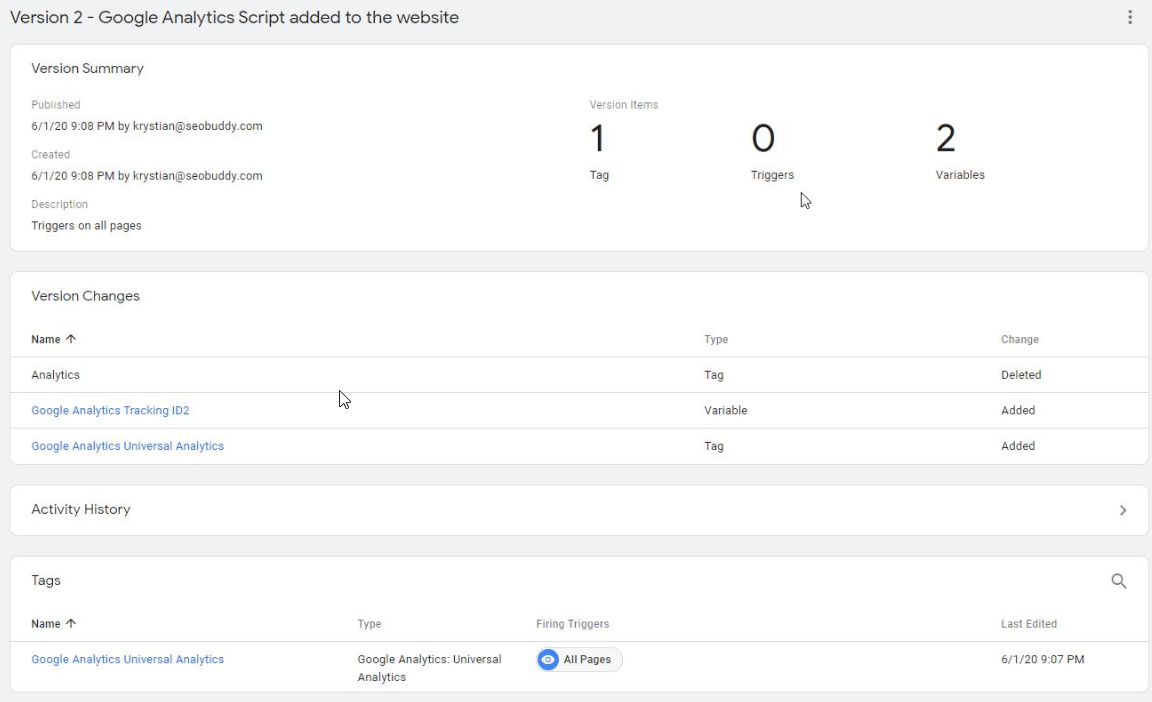
Check if Google Analytics is running correctly.
- First, go to your website and leave it open in one tab of your browser.
- Open Google Analytics website in another tab.
- In Google Analytics go to “Home”.
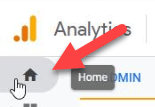
- If everything is set right, you should see at least one active user right now ( it is you).
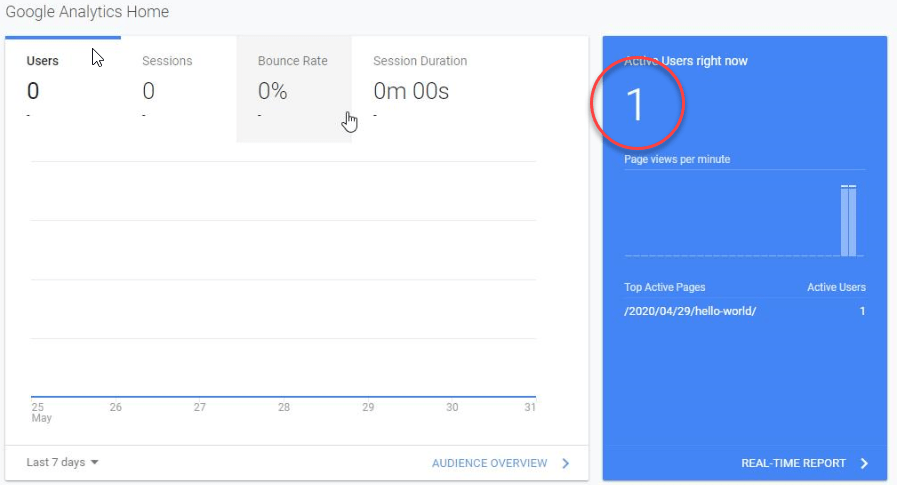
This is it! You just finished to set up Google Analytics on your website
and now you can track and measure traffic from your website!
